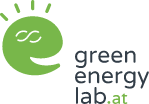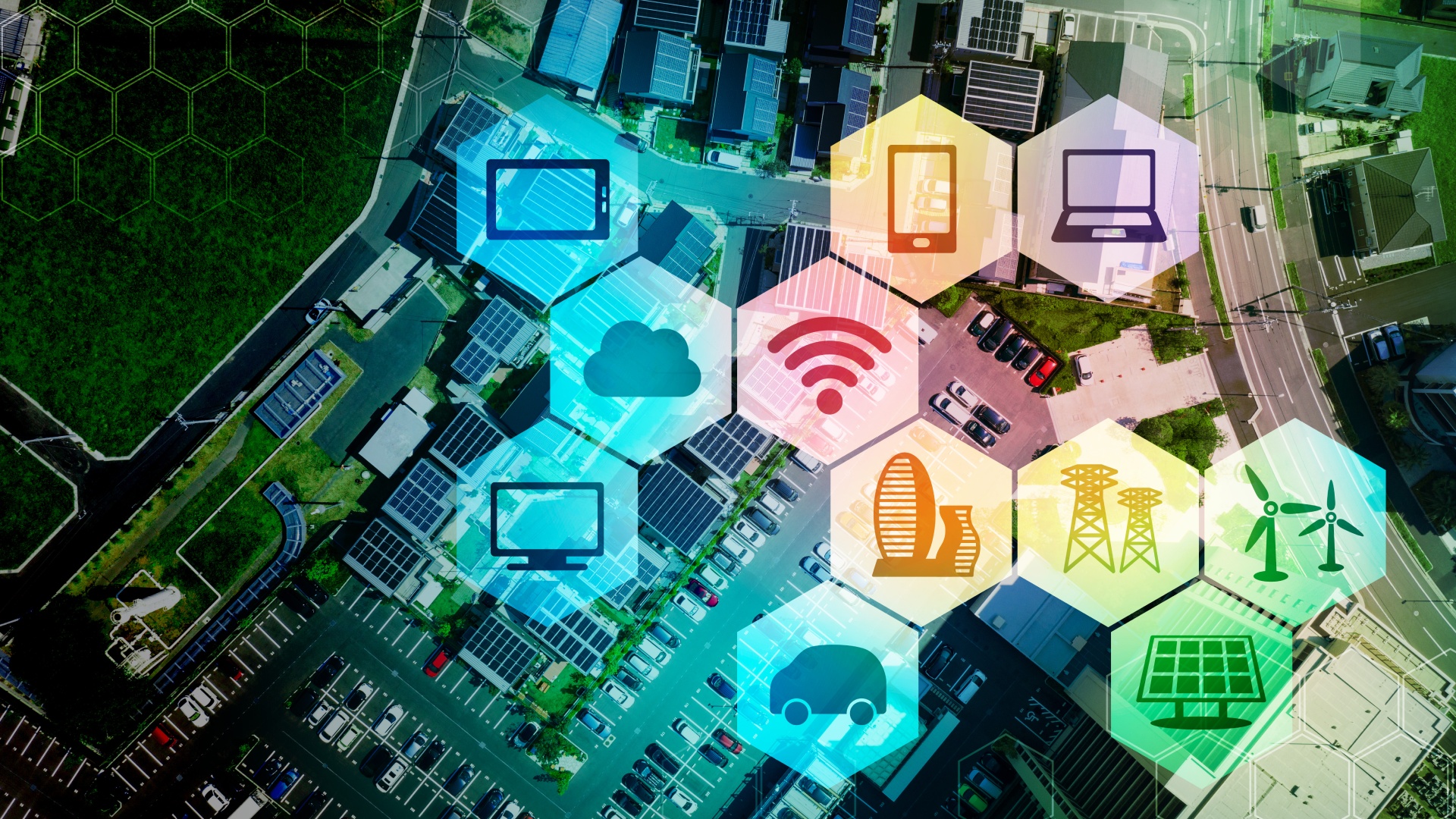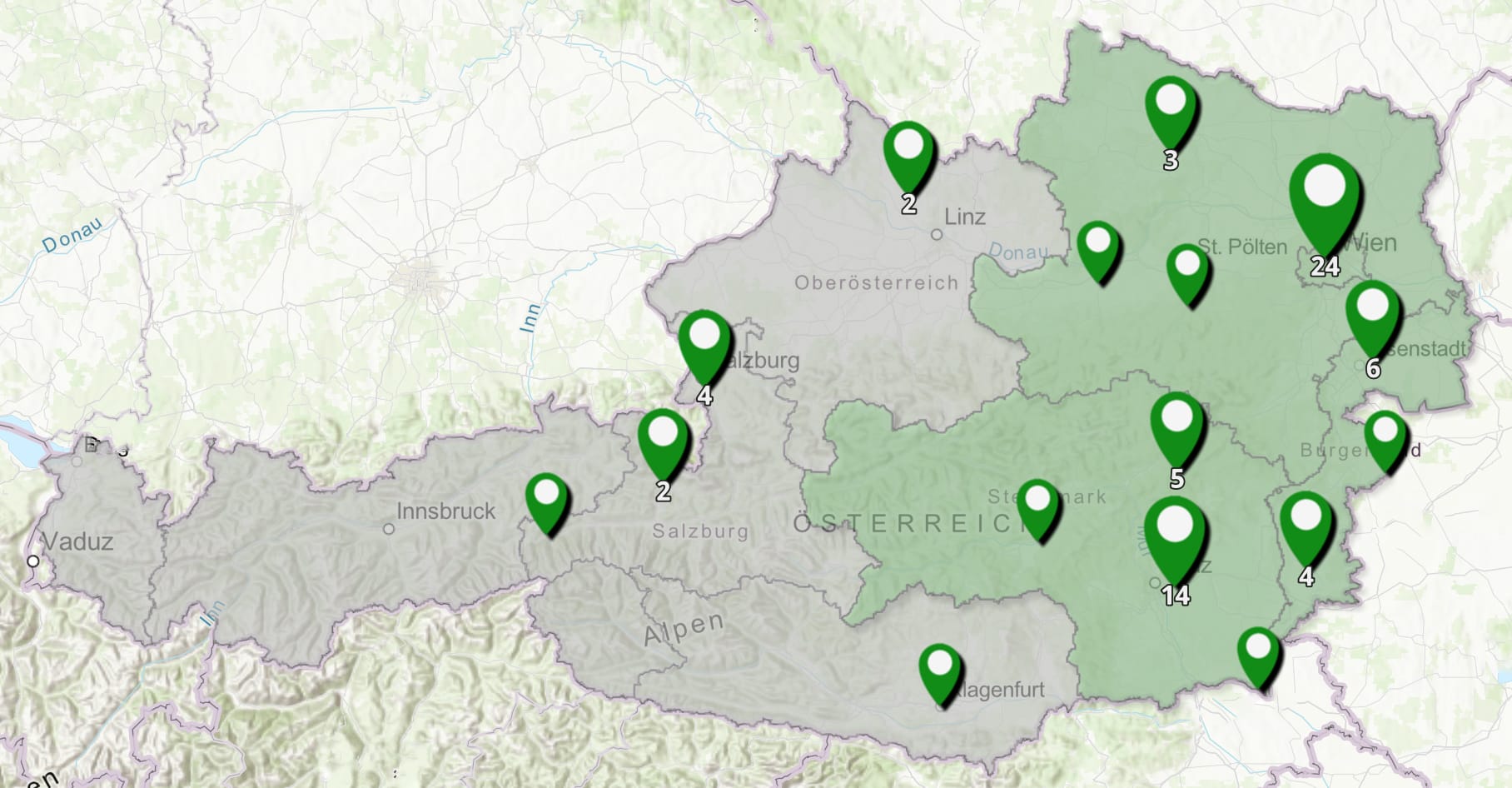NETSE
User-oriented development of technologies and services for energy communities
This research project has been completed. Access the NETSE Results Fact Sheet or download the Publishable Final Report (published in German) here.
Development of services for users of energy communities
Over the past two decades, measures have been taken in all European countries to increase the supply of energy from renewable energy sources. Since the 2000s, the Internal Market Directive and the Renewable Energy Directive (RED) have provided a legal basis at European level that determines key aspects of the energy policy of the member states of the European Union. One aspect that was addressed when the directives were updated in 2018 and 2019 is the further expansion of renewable energy generation while maintaining the quality of supply in energy grids. In order to achieve the set expansion targets, a massive expansion of generation capacities from photovoltaic systems is necessary. This expansion will primarily take place decentrally at low grid levels.
To ensure that the quality of supply can be maintained, it is also necessary to consume the electricity generated in photovoltaic systems locally, i.e. in the lower grid levels. This will make it possible to achieve a higher proportion of renewable energy in the overall electricity mix with existing grid capacities. Participants in energy communities can trade energy with each other locally and thus contribute to load balancing in the lower grid levels.
Services in the context of energy communities must be accepted by users and be easy to use. In this project, the application of service engineering in all development processes generated solutions that were expected to be highly accepted by users.
Development of tools for the technical design of energy communities
Another challenge is the integration of relevant technologies into an energy community. As there is no standardized data interface, a data and information platform has been designed as part of the project to enable control and regulation tasks for technical units as well as the handling of business processes.
Energy communities are a new type of organizational form as they are not allowed to operate for profit, but should give their members the opportunity to benefit from reduced local grid tariffs – for example by participating. The project therefore developed concepts and principles for the internal organization of energy communities.
Last but not least energy communities must actually have a significant effect on the generation and use of renewable energy and thus achieve a reduction in climate-relevant emissions. This can only be achieved through optimal planning and operational management of the energy community. Data-based optimization computers were therefore (further) developed in the project, which provide a technical configuration of the energy community and regulate its operation, e.g. by controlling loads or using energy storage systems.
Energiezukunft Niederösterreich has developed the „Energiegemeinschaften Online Software“ (E.GON) to make the organization and administration of these communities as easy as possible for the operators. The software was part of the NETSE project.
Click here to visit the E.GON Website.
The following model solutions were being developed in the NETSE project:
Tools for the design and operation of RECs
Services for the members of an REC
Media reports on the project
Award for energy software E.GON
EZN's online software for energy communities, E.GON, was named one of the three most innovative projects in the VERENA national award.
To the articleElectricity from the small circle
Many see sustainable energy communities as the future of local electricity supply. Whether they work depends on how different interests can be reconciled.
To the articleElectricity from the neighborhood: Are energy communities the solution? – FH Wiener Neustadt
The goal is clear: by 2050, our entire energy supply should come from renewable technologies. However, the road to this goal is not only long, but also characterized by many challenges.
To the article


